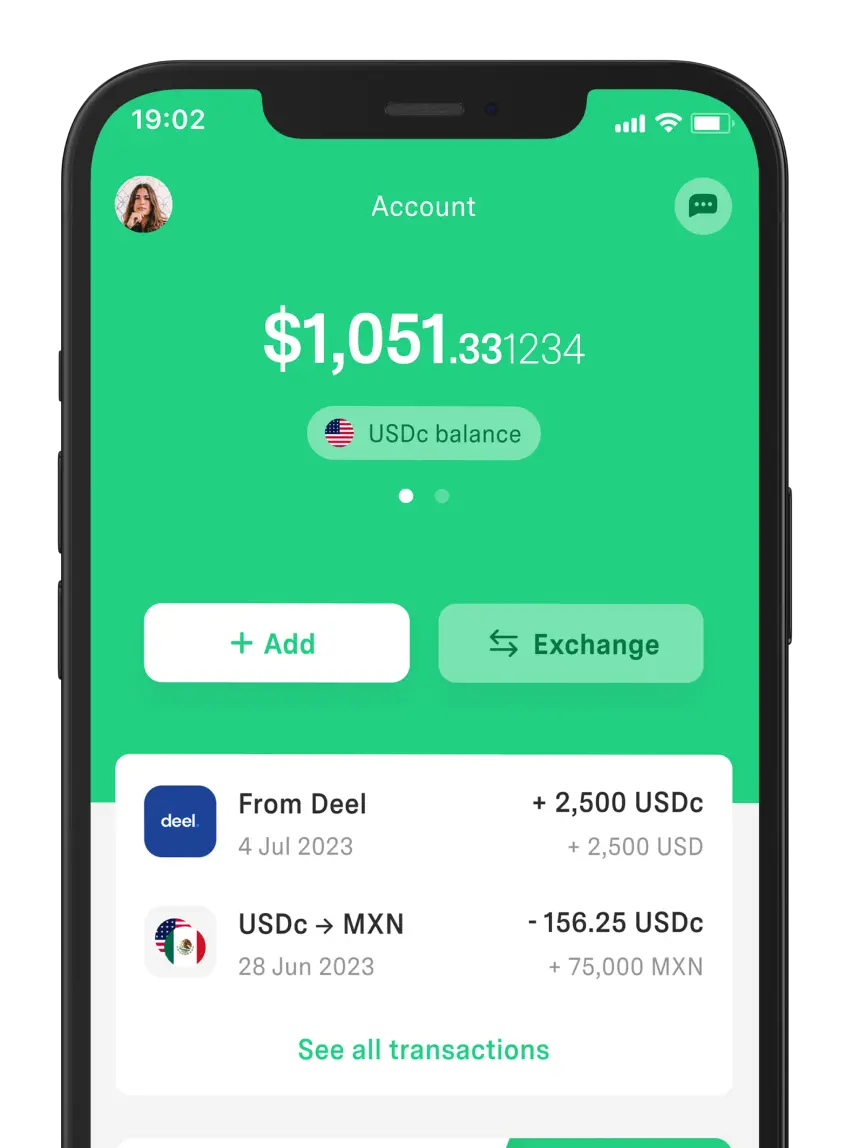 Work and Travel
Work and Travel Where to Buy Cheap Plane Tickets? Best Flight Search Engines
Google Flights, Skyscanner, and Kayak are some of the best sites to find cheap flights. Discover a more extensive list here.



Tired of rigid schedules and offices that steal your freedom? Knowing what remote work is can change the way you live and work. Imagine choosing where and when you are most productive, without wasting time commuting or being tied to a fixed desk.
In this article, you will discover how it works, the benefits it offers, and how to take the first step towards a more flexible job that suits you.
Remote work is a work modality in which professional tasks and responsibilities are performed from any location outside of a traditional office space, using digital technology for communication and project management.
In other words, it is a way of working without being required to physically report to a specific place. This allows you to fulfill your work obligations from anywhere in the world.
Unlike the traditional model, remote work enables employees, contractors, or freelancers to perform their duties from any location with an internet connection.
During the pandemic, many companies adopted this modality as a contingency measure, but its impact was so significant that major corporations and startups turned it into a standard practice.
According to the global survey "Hopes & Fears 2023" by PwC, remote work is especially valued by younger generations: 33% of Gen Z work entirely remotely, while 51% of millennials opt for hybrid models.
✔ Flexible location: Work can be done from home, cafes, coworking spaces, or even in different countries.
✔ Use of digital tools: Platforms like Zoom, Slack, Asana, and Google Drive facilitate communication and task organization.
✔ Self-management of time: Depending on the type of contract, the remote worker has greater control over their work schedule.
✔ Focus on results: Unlike on-site work, performance is measured by productivity and goal achievement, not hours spent in the office.
For many, this work modality represents an improvement in quality of life. Avoiding traffic, reducing transportation costs, and achieving a better work-life balance are some of the reasons why remote work continues to gain traction.
There are different terms related to working remotely, but not all mean the same thing. Remote work, home office, and telework each have specific characteristics that set them apart.
Concept | Remote Work | Home Office | Telework |
Work Location | Anywhere with internet | Exclusively from home | Usually from home or assigned locations |
Legal Regulation | Not always regulated | Not usually regulated | Regulated in some countries |
Schedule Flexibility | High | Medium | Variable depending on contract |
Employment Type | Can be an employee or freelancer | Generally an employee | Formal contract with labor rights |
Typical Example | A designer working for a foreign company | An accountant working from home three days a week | A data analyst with a telework contract |
While all three models allow working outside an office, remote work is the most flexible option, as it does not impose a fixed workplace.
Working remotely is not just about convenience. Many people see this modality as an opportunity to improve their well-being, optimize their income, and access a global job market.
✔ Better work-life balance
The ability to organize your workday around personal needs is one of the biggest draws. According to Vorecole, citing the Owl Labs Study (2022), 77% of remote employees reported higher job satisfaction.
✔ Savings in time and money
No more hours lost in traffic or transportation costs. A remote worker in Bogotá, for instance, can save up to 10 hours per week on commuting, translating into more time for family, rest, or personal projects.
✔ Increased productivity
Working in a personalized, distraction-free environment boosts efficiency. According to Vorecole, citing a Stanford report (2023), remote employees are up to 13% more productive than on-site workers.
✔ Less stress and better mental health
By eliminating commuting and improving time management, anxiety is reduced, leading to a better quality of life.
✔ Opportunity to earn in dollars
Remote work allows collaboration with international companies, opening the possibility of receiving income in foreign currency and improving purchasing power.
To efficiently manage and save money on commissions, use DolarApp when receiving money from abroad.
With its app, you can take advantage of the best exchange rate and avoid hidden fees in your transactions.
Not all jobs can be performed remotely, but some sectors have fully embraced this work model.
✔ Technology and software development (programmers, data analysts, QA testers).
✔ Digital marketing (copywriters, community managers, SEO specialists).
✔ Customer service (tech support, virtual assistants).
✔ Online education (tutors, digital course creators).
✔ Graphic and multimedia design (UX/UI designers, video editors).
According to the MinTIC, by 2025, Colombia will face a shortage of more than 100,000 programmers, highlighting the high demand for technology professionals.
Starting in the remote work world can seem daunting, especially if you have no prior experience. However, with proper preparation and a well-defined strategy, you can find opportunities that match your skills and professional goals.
Follow these steps to build a successful remote career:
Reflect on your strengths, interests, and past experiences. Ask yourself:
What technical and soft skills do I have?
What tasks do I enjoy and excel at?
What fields do I have experience in, even if not in a remote setting?
Research in-demand remote jobs and growing sectors using platforms like LinkedIn, RemoteOK, We Work Remotely, or Torre.co.
Determine if your current skills align with the jobs you're interested in:
If you’re ready, start applying.
If you need improvement, focus on training.
If you need a career shift, learn high-demand skills.
Take online courses (Udemy, Coursera, Platzi), or join bootcamps for structured learning.
Optimize your LinkedIn profile
Build a portfolio
Personalize applications and prepare for virtual interviews
Remote work is not just a trend—it’s a definitive shift in the labor market. If you seek better quality of life, greater autonomy, and the ability to earn in dollars, this is the ideal moment to take action.
Don’t let financial barriers limit you. With DolarApp, you can receive dollar payments without losing money on conversions and make the most of this new digital work era.

The world has borders. Your finances don’t have to.
 Work and Travel
Work and Travel Google Flights, Skyscanner, and Kayak are some of the best sites to find cheap flights. Discover a more extensive list here.

 Work and Travel
Work and Travel English, Spanish, and Mandarin Chinese are considered the three most important languages in the world due to their global influence and number of speakers.

 Work and Travel
Work and Travel Feeling like your life needs a change of scenery? These funny and short travel quotes will motivate you to explore the world.


